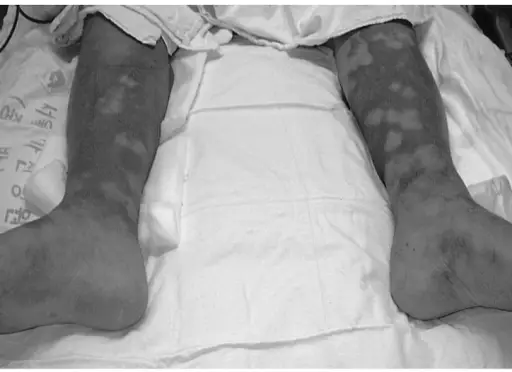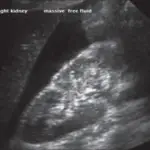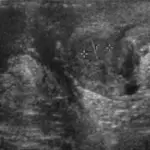Septic Shock results from arterial vasodilation and venous blood pooling that stems from the systemic immune response to microbial infection.
What is the Pathology of Septic Shock?
The pathology of septic shock is:
-Etiology: The cause of septic shock is primarily bacteria.
-Genes involved: None.
-Pathogenesis: The sequence of events that lead to septic shock is mediated by inflammatory cytokines.
How does Septic Shock Present?
Patients with septic shock typically affect males present at the age range of 53-77 years. The symptoms, features, and clinical findings associated with septic shock include hypotension, altered mental state, diarrhea, nausea, vomiting, cold, clammy, and pale skin.
How is Septic Shock Diagnosed?
Septic shock is diagnosed clinically. Microbiology tests on the patient’s blood may help determine the cause of the diagnosis.
How is Septic Shock Treated?
Septic shock is treated with intravenous fluids, antibiotic administration, and early goal-directed therapy.
What is the Prognosis of Septic Shock?
The prognosis of septic shock is poor with mortality rates greater than 35%.



